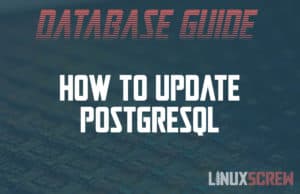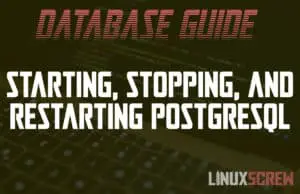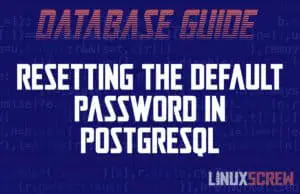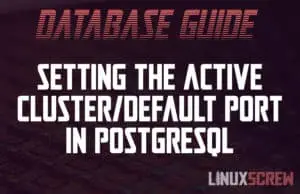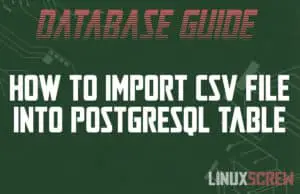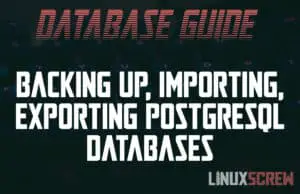Home » Programming » Databases
Is PostgreSQL an SQL or NoSQL Database?
A common question is whether PostgreSQL is an SQL or NoSQL database (it’s not) – this article explains why. What is SQL SQL (pronounced sequel or S-Q-L) is the Structured Query Language – a language used by many relational database systems for querying data. It is also increasingly being used for defining data schemas in data analytics applications where the data is not stored in a database but is arriving as a data stream. Data defined and queried by SQL is structured tables that can have relationships between records – for example … Read more




